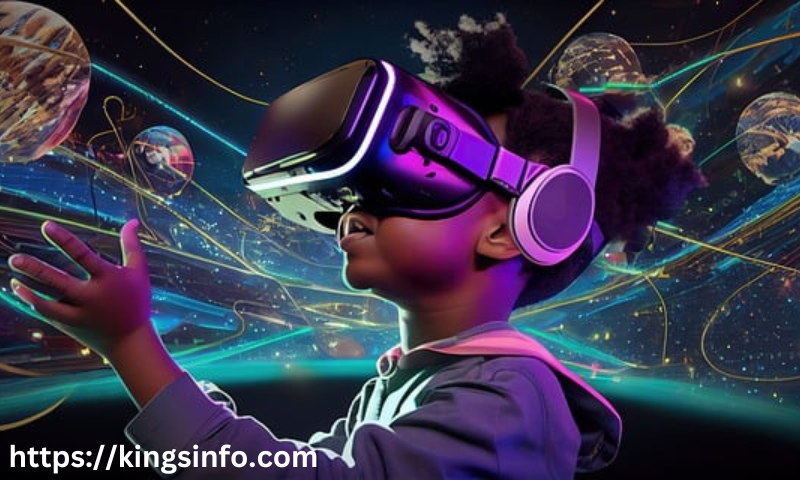Introduction
In recent years, AI-generated content in gaming has emerged as a transformative force, pushing the boundaries of creativity and innovation. From procedurally generated landscapes to dynamic narratives, artificial intelligence is reshaping how developers design games and how players experience them. In this blog, we’ll explore the profound impact of AI-generated content on the gaming industry and why it’s the next big thing.
What is AI-generated gaming Content?
The use of artificial intelligence to produce game pieces is the fundamental definition of AI-generated content in gaming.
AI can produce material at a size and degree of detail that would be unattainable for human teams working alone, in contrast to manually generated components. Procedural generation techniques, for instance, are used to create expansive environments full of surprises in games like No Man’s Sky and Minecraft.
Thanks to its capacity for learning and adaptation, AI can provide material customized to each player’s preferences. This personalization improves the game experience and gives developers additional resources for creativity.
AI-Generated Content’s Advantages for Gaming
Efficiency is one of the main benefits of AI-generated gaming content.
AI also adds dynamism and unpredictability to games. AI keeps players interested and improves replayability by creating material in real-time, ensuring that no two playthroughs are ever the same. Procedurally generated levels in games like Rogue Legacy and Hades demonstrate this versatility by keeping gameplay interesting and novel.

AI-Generated Content’s Drawbacks for Gaming
Even while AI-generated gaming content has a lot of potential, there are drawbacks. Finding a balance between automation and creativity is one of the fundamental issues. When AI is used excessively, games run the danger of becoming robotic or lacking the human element that gamers like. To use AI as a tool to augment creativity rather than to replace it, developers must carefully balance the two.
Quality control is another problem. In order to guarantee a flawless gaming experience, human inspection is sometimes necessary because AI-generated material might occasionally lack polish or consistency. AI outputs must be carefully curated by developers to steer clear of repetitious or absurd game components.
AI-Generated Gaming Content Future
AI-generated game content appears to have a very bright future. As artificial intelligence (AI) technology like machine learning and natural language processing progress, we may anticipate that games will become more personalized and immersive. Imagine playing a game that changes according to your choices, creating new obstacles and storylines each time.
AI will help lower development costs and timeframes, allowing smaller independent creators to compete with larger companies. The gaming industry may see a golden era of invention as a result of this democratization of game design.
In conclusion
Unquestionably, AI-generated content in gaming is changing the market by providing new avenues for game creation, play, and enjoyment. Although there are still obstacles to overcome, the opportunities for innovation much exceed the hazards. AI promises to make gaming more dynamic, accessible, and engaging than ever before as technology advances. The emergence of AI-generated content signals an exciting time for the gaming industry, whether you’re a creator or a gamer.
The next time you come across a new plot point or a large open environment, keep in mind that it may be the product of artificial intelligence (AI) at work.


